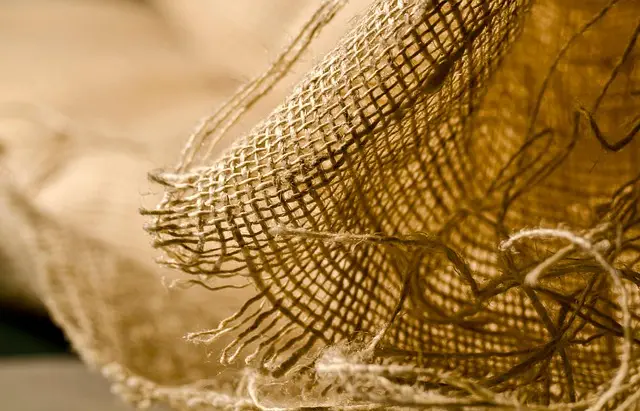Muscle soreness is a common physical response, often exacerbated by overtraining or health conditions. Kratom, a Southeast Asian herb, has shown potential in alleviating muscle soreness and pain due to its anti-inflammatory and analgesic properties. While it offers an alternative to conventional drugs, caution is advised, especially for those with fatty liver disease, as kratom can interact with liver metabolism. Recent research suggests that kratom may reduce muscle soreness by influencing cytokine release and fatty acid metabolism in the liver.
Muscle soreness, a common affliction after intense workouts or physical labor, can be alleviated through natural remedies. One such substance gaining attention is kratom, known for its analgesic properties. This article explores the science behind muscle soreness and its causes, delves into the potential benefits of kratom as a pain reliever, and highlights the unexpected role of fatty liver in enhancing its effects. By understanding these factors, we can uncover innovative ways to manage muscle discomfort naturally, with a focus on the fascinating intersection of kratom and fatty liver health.
- Understanding Muscle Soreness and Its Causes
- Kratom: A Natural Remedy for Muscle Pain?
- The Role of Fatty Liver in Muscle Soreness Relief with Kratom
Understanding Muscle Soreness and Its Causes

Muscle soreness is a common issue that arises from various activities, ranging from intense workouts to everyday physical labor. It’s essentially the body’s response to micro-tears in muscle fibers, which occurs during exercise or when pushing your physical limits. Several factors can contribute to this condition, including overtraining, improper form, or even underlying health issues. While it’s a normal part of fitness and activity, managing muscle soreness effectively is crucial for athletes and individuals looking to maintain an active lifestyle.
Interestingly, some research suggests that certain compounds found in plants like kratom may offer potential relief from muscle soreness. Kratom, known for its diverse therapeutic properties, has been used traditionally for centuries. Scientific studies are beginning to uncover the mechanisms behind its effects, including possible anti-inflammatory and analgesic (pain-relieving) properties. However, it’s important to note that, like any supplement, kratom should be approached with caution, especially considering conditions like fatty liver disease, which could interact with its metabolism.
Kratom: A Natural Remedy for Muscle Pain?

Kratom, a natural herb originating from Southeast Asia, has gained attention for its potential benefits in alleviating muscle soreness and pain. While traditionally used for its opioid-like effects, recent studies suggest that kratom’s active compounds, particularly mitragynine and 7-hydroxymitragynine, interact with the body’s opioid receptors, offering a safe alternative to conventional painkillers. This interaction may explain its effectiveness in reducing muscle discomfort without the side effects associated with long-term use of over-the-counter or prescription medications.
However, it’s essential to approach kratom as a natural remedy with caution. Research is still evolving, and individual responses can vary widely. Additionally, concerns have been raised about the potential risk of liver damage, especially when used in conjunction with alcohol or other hepatotoxic substances, such as certain medications. As with any herbal supplement, proper dosage and frequency are crucial, and consulting a healthcare professional before incorporating kratom into your pain management regimen is advised, especially for individuals with pre-existing conditions like fatty liver disease.
The Role of Fatty Liver in Muscle Soreness Relief with Kratom

Kratom, a natural herb derived from the plant Mitragyna speciosa, has gained attention for its potential muscle soreness relief properties. While many attribute this to its opioid-like effects, recent studies suggest another intriguing mechanism at play—the role of fatty liver.
Fatty liver, characterized by an accumulation of fat in liver cells, is not just a metabolic condition but also plays a significant part in the body’s response to inflammation and pain. Research indicates that kratom may interact with fat cells within the liver, modulating the release of cytokines—molecules involved in the inflammatory process. By influencing fatty acid metabolism, kratom could potentially reduce muscle soreness by minimizing the body’s inflammatory response, offering a natural and alternative approach to managing post-exercise discomfort or other forms of muscular pain.
Kratom has shown potential as a natural remedy for muscle soreness, offering relief through its unique interaction with the body’s opioid receptors. The discussion has highlighted how fatty liver, by reducing inflammation and enhancing circulation, plays a crucial role in this process. As research continues to explore these connections, kratom could emerge as a valuable addition to the arsenal of natural solutions for managing muscle pain, especially considering the growing interest in alternative remedies and the potential benefits it offers for those seeking non-pharmaceutical options.






